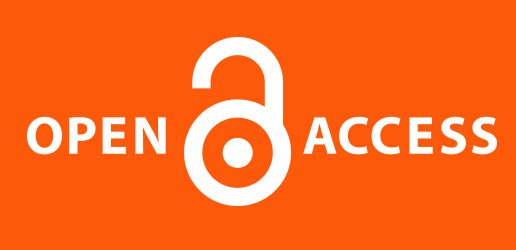Simple Sequence Repeat (SSR) Variation of Ethiopian Forest Coffee (Coffea arabica L.) Populations
DOI:
https://doi.org/10.20372/au.jssd.3.2.2015.044Keywords:
Conservation, forest coffee, Ethiopia, genetic diversity, simple sequence repeatAbstract
Genetic diversity and relatedness among 240 individuals of forest coffee trees (Coffea arabica L.) representing 24 populations from Ethiopia were evaluated using 11 simple sequence repeat (SSR) loci. Three of the loci were found to be monomorphic and the other eight loci produced a total of 97 alleles with a mean of 12.1 alleles per locus. Polymorphic information content (PIC) values varied from 0.19 for locus M29 to 0.74 for locus M47 with an average of 0.48 per locus. Jaccard similarity coefficient between all possible pairs of samples varied from 0.41 to 0.96. Total Nei’s genetic diversity (HT) = 0.25 while the average diversity within populations (HS) = 0.08. The coefficient of genetic differentiation between populations (GST) = 0.68. Thus, 68% of the total variation was between populations. The partitioning of genetic variation into within and between populations based on Shannon’s information index also revealed more differentiation between populations (0.72) than within populations (0.28), which are in line with the features of predominantly inbreeding populations. The phenogram derived from Jaccard similarity coefficient between populations produced a single tree in which some populations clustered with respect to their region of origin, and a slight differentiation of populations into east and west of the Great Rift Valley was observed except for few populations, which exhibited unique allelic forms. Although, C.arabica is characterized by low genetic diversity owing to its allopolyploidy and autogamous nature, the SSR markers were able to differentiate the forest coffee samples considered in the study. The results are discussed in relation to conservation of forest coffee trees in Ethiopia.
Downloads
Published
How to Cite
Issue
Section
License
Copyright (c) 2015 Author(s)

This work is licensed under a Creative Commons Attribution-NonCommercial 4.0 International License.









